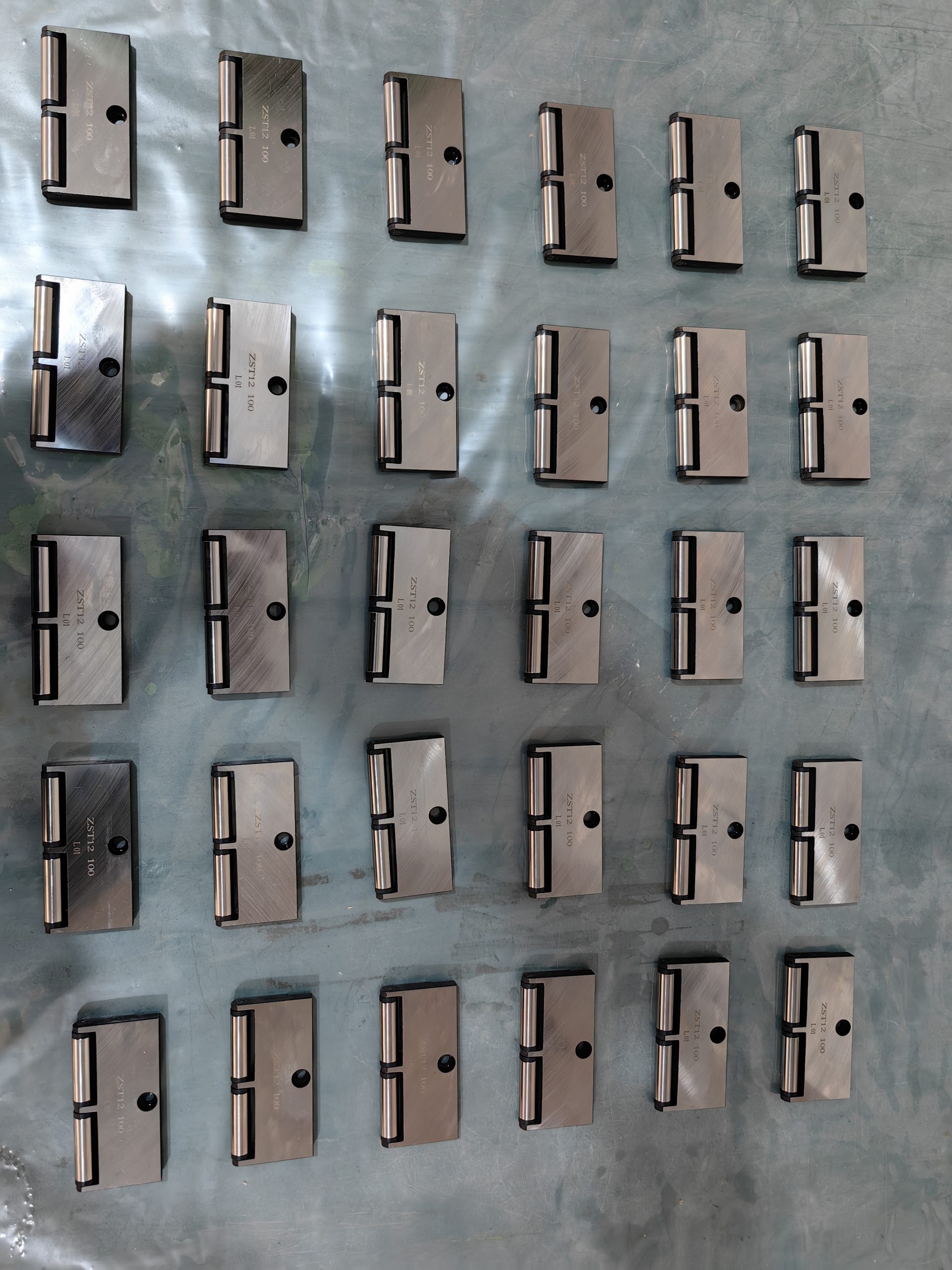Angle Bearings, Please Contact Me If You Need Them
 Angle bearings are a special type of rolling bearing, usually designed to support rotating or tilting shafts. They cope extremely well with misalignments between the shaft and the supports, angular changes, and rotational movements of the shaft. This type of bearing is widely used in many industrial applications, especially where high loads and complex motions need to be supported.
Angle bearings are a special type of rolling bearing, usually designed to support rotating or tilting shafts. They cope extremely well with misalignments between the shaft and the supports, angular changes, and rotational movements of the shaft. This type of bearing is widely used in many industrial applications, especially where high loads and complex motions need to be supported.
The following is some basic introduction to angle bearings:
Structure and construction: The structure of the angular bearing usually consists of an inner ring, an outer ring, rolling elements (usually balls) and a cage. This design allows the bearings to carry loads in different directions.
Loading capacity: Angle bearings can bear radial loads, axial loads and complex combined loads. Their design makes them suitable for applications that require handling forces in multiple directions simultaneously.
Angle adjustment: Angle bearings usually have an inclination angle between the inner and outer rings, called the contact angle. The presence of this contact angle allows the bearing to adapt to angular misalignments between the shaft and the support.
Preload: To increase the rigidity and stability of angular bearings, some designs may include a preload device. Preload helps reduce the clearance in the bearing and improves the accuracy and response speed of the system.
Application fields: Angle bearings are widely used in machine tools, construction machinery and other fields. They are useful in applications that need to support high speed rotation and simultaneous multi-directional loads.
Types: The main types of angular bearings include angular contact ball bearings and angular contact roller bearings. The design of both types allows them to adapt to different working conditions and loads.
Generally speaking, angular bearings are widely used because of their multi-directional load-bearing capacity, angle adjustment and high rigidity, and are especially suitable for engineering applications that require high precision and performance.



